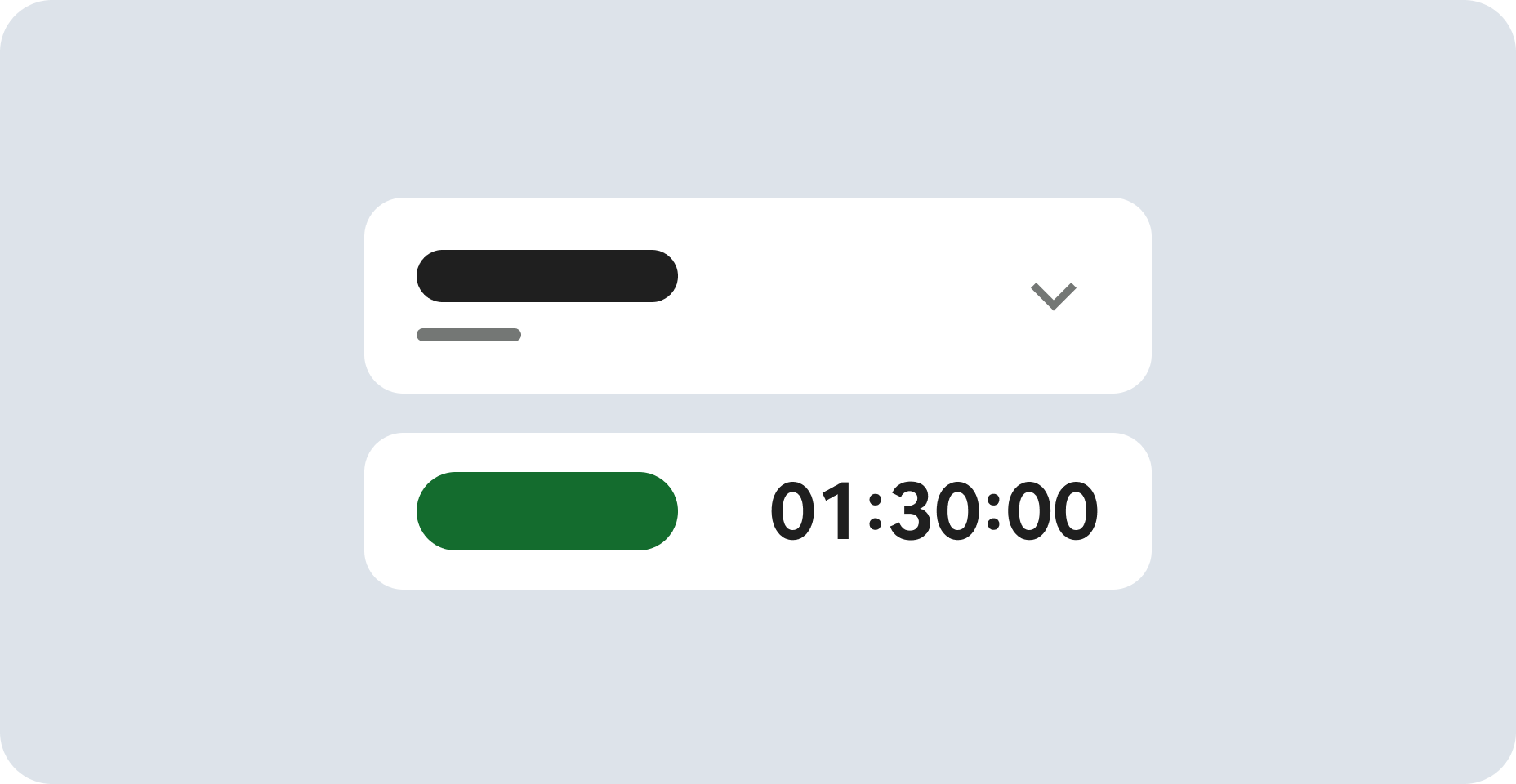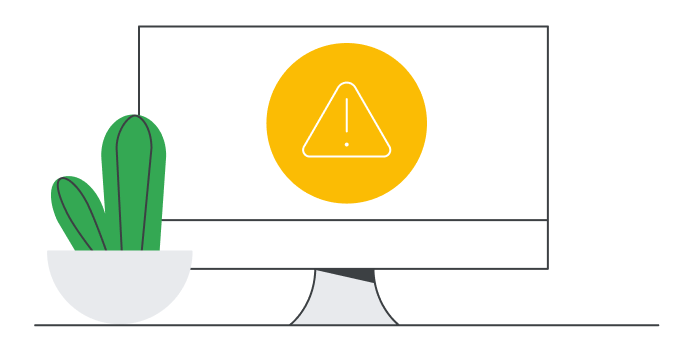
准备工作
- 实验会创建一个 Google Cloud 项目和一些资源,供您使用限定的一段时间
- 实验有时间限制,并且没有暂停功能。如果您中途结束实验,则必须重新开始。
- 在屏幕左上角,点击开始实验即可开始
Create development VPC manually
/ 10
Create production VPC manually
/ 10
Create bastion host
/ 10
Create and configure Cloud SQL Instance
/ 10
Create Kubernetes cluster
/ 10
Prepare the Kubernetes cluster
/ 20
Create a WordPress deployment
/ 10
Enable monitoring
/ 10
Provide access for an additional engineer
/ 10
In a challenge lab you’re given a scenario and a set of tasks. Instead of following step-by-step instructions, you will use the skills learned from the labs in the course to figure out how to complete the tasks on your own! An automated scoring system (shown on this page) will provide feedback on whether you have completed your tasks correctly.
When you take a challenge lab, you will not be taught new Google Cloud concepts. You are expected to extend your learned skills, like changing default values and reading and researching error messages to fix your own mistakes.
To score 100% you must successfully complete all tasks within the time period!
This lab is recommended for students who have completed the labs in the Build Google Cloud Infrastructure for Azure Professionals course. Are you up for the challenge?
Read these instructions. Labs are timed and you cannot pause them. The timer, which starts when you click Start Lab, shows how long Google Cloud resources are made available to you.
This hands-on lab lets you do the lab activities in a real cloud environment, not in a simulation or demo environment. It does so by giving you new, temporary credentials you use to sign in and access Google Cloud for the duration of the lab.
To complete this lab, you need:
As a cloud engineer who is familiar with Azure in Cymbal Group and recently trained with Google Cloud and Kubernetes you have been asked to help a new team (Griffin) set up their environment. The team has asked for your help and has done some work, but needs you to complete the work.
You are expected to have the skills and knowledge for these tasks so don’t expect step-by-step guides.
You need to complete the following tasks:
Some Cymbal Group standards you should follow:
e2-medium.You need to help the team with some of their initial work on a new project. They plan to use WordPress and need you to set up a development environment. Some of the work was already done for you, but other parts require your expert skills.
As soon as you sit down at your desk and open your new laptop you receive the following request to complete these tasks. Good luck!
Create the first VPC called griffin-dev-vpc in
griffin-dev-wp
192.168.16.0/20
griffin-dev-mgmt
192.168.32.0/20
Click Check my progress to verify the objective.
Create the second VPC called griffin-prod-vpc in
griffin-prod-wp
192.168.48.0/20
griffin-prod-mgmt
192.168.64.0/20
Click Check my progress to verify the objective.
griffin-dev-mgmt and the other connected to griffin-prod-mgmt, in Click Check my progress to verify the objective.
griffin-dev-db in These SQL statements create the worpdress database and create a user with access to the wordpress database.
You will use the username and password in task 6.
Click Check my progress to verify the objective.
griffin-dev, in the griffin-dev-wp subnet, and in zone Click Check my progress to verify the objective.
gs://spls/gsp512/wp-k8s.The WordPress server needs to access the MySQL database using the username and password you created in task 4.
You do this by setting the values as secrets. WordPress also needs to store its working files outside the container, so you need to create a volume.
Navigate to the directory where the files are copied, and add the following secrets and volume to the cluster using wp-env.yaml.
Make sure you configure the username to wp_user and password to stormwind_rules before creating the configuration.
You also need to provide a key for a service account that was already set up. This service account provides access to the database for a sidecar container.
Click Check my progress to verify the objective.
Now that you have provisioned the MySQL database, and set up the secrets and volume, you can create the deployment using wp-deployment.yaml.
Before you create the deployment you need to edit wp-deployment.yaml.
Replace YOUR_SQL_INSTANCE with griffin-dev-db's Instance connection name.
Get the Instance connection name from your Cloud SQL instance griffin-dev-db details page.
Create your WordPress deployment wp-deployment.yaml, and the service wp-service.yaml.
Once the Load Balancer is created, you can visit the site and ensure you see the WordPress site installer.
At this point the dev team will take over and complete the install and you move on to the next task.
Click Check my progress to verify the objective.
Click Check my progress to verify the objective.
Use
Click Check my progress to verify the objective.
This self-paced lab is part of the Build Google Cloud Infrastructure for Azure Professionals skill badge course. Completing this skill badge quest earns you the badge above, to recognize your achievement. Share your badge on your resume and social platforms, and announce your accomplishment using #GoogleCloudBadge.
This skill badge quest is part of Google’s Google Cloud Infrastructure for Azure Professionals learning path. Search the Google Cloud Skills Boost catalog for 20+ other skill badge quests in which you can enroll.
...helps you make the most of Google Cloud technologies. Our classes include technical skills and best practices to help you get up to speed quickly and continue your learning journey. We offer fundamental to advanced level training, with on-demand, live, and virtual options to suit your busy schedule. Certifications help you validate and prove your skill and expertise in Google Cloud technologies.
Manual Last Updated April 16, 2024
Lab Last Tested April 16, 2024
Copyright 2025 Google LLC. All rights reserved. Google and the Google logo are trademarks of Google LLC. All other company and product names may be trademarks of the respective companies with which they are associated.




此内容目前不可用
一旦可用,我们会通过电子邮件告知您

太好了!
一旦可用,我们会通过电子邮件告知您


一次一个实验
确认结束所有现有实验并开始此实验
